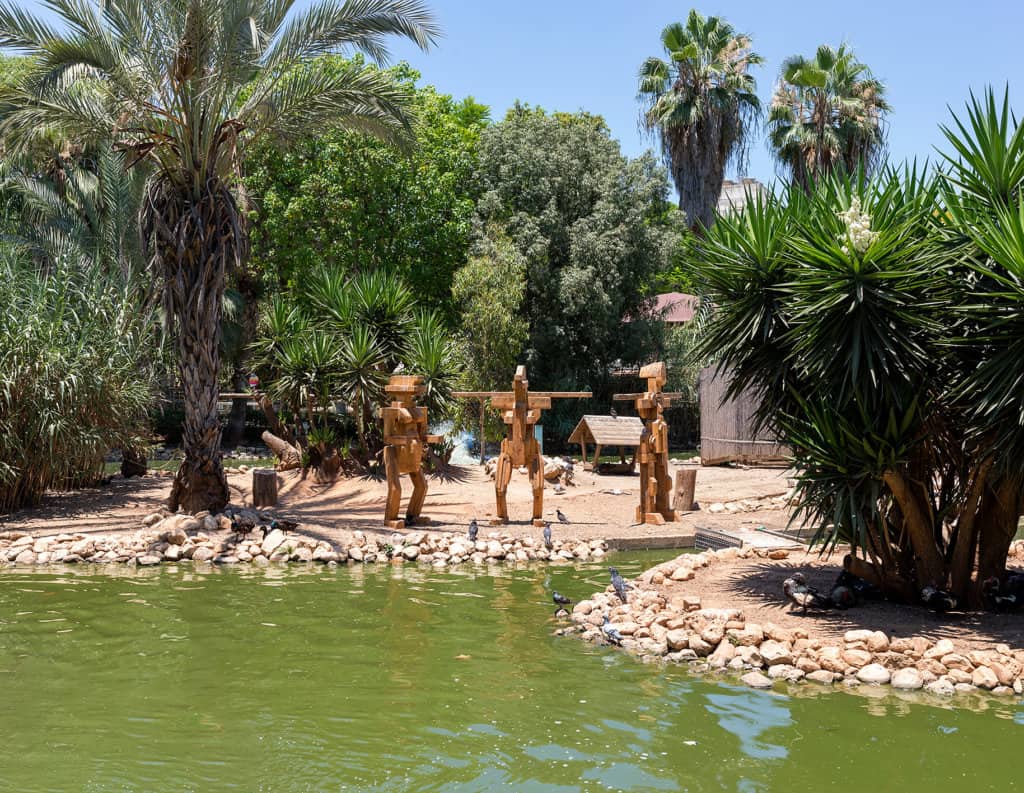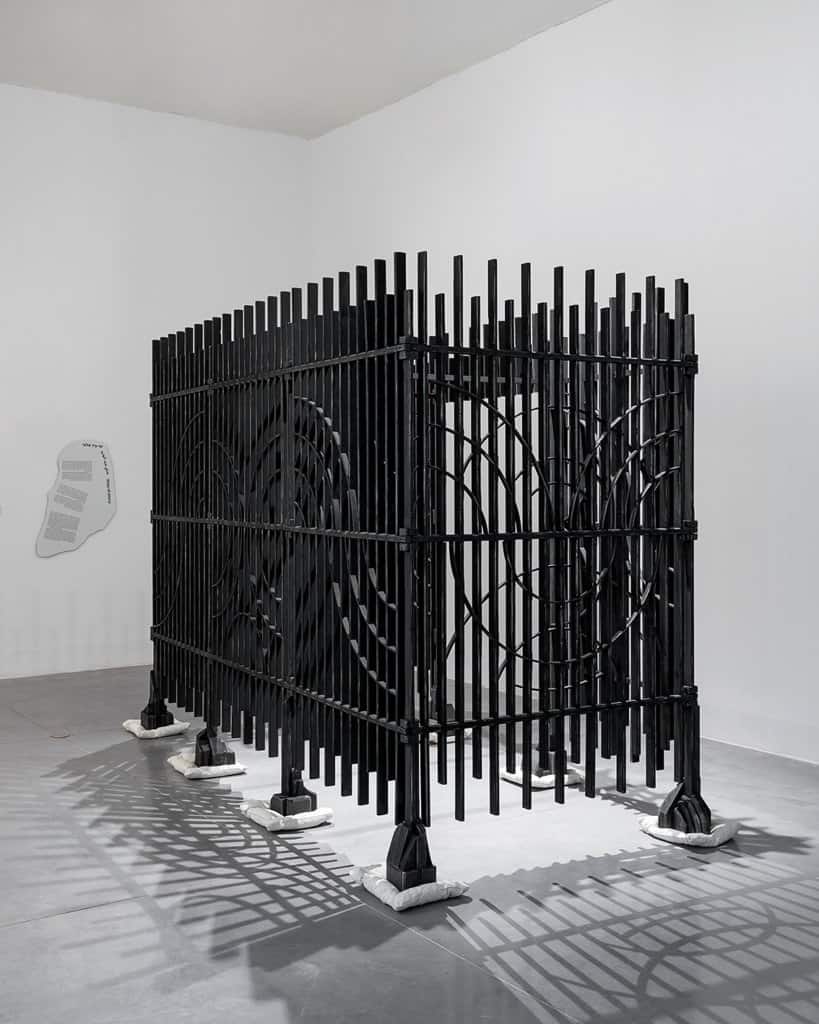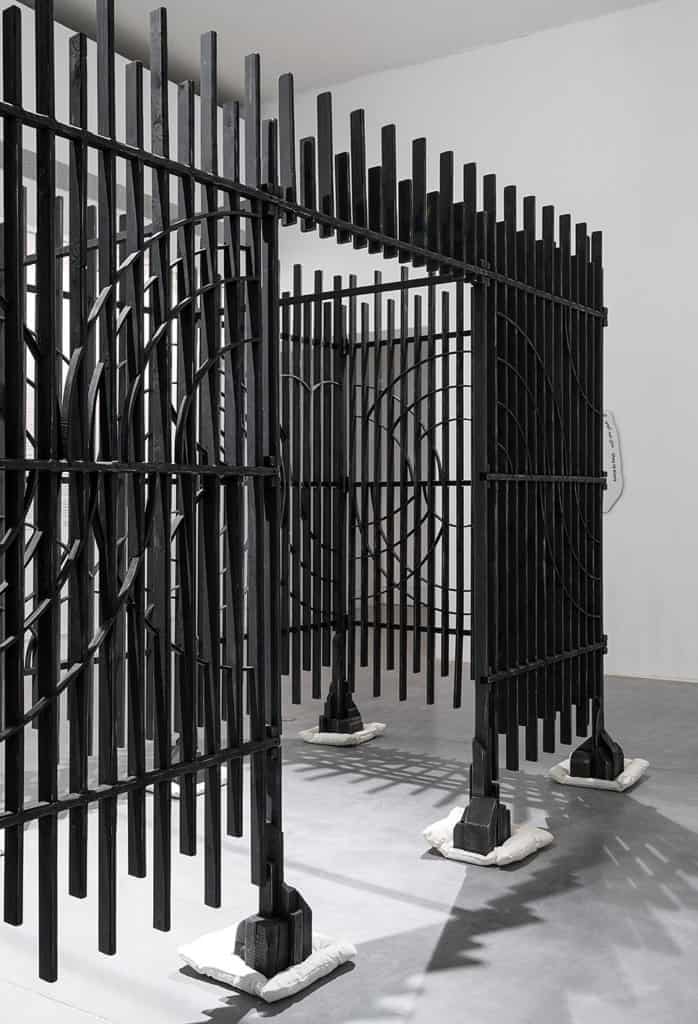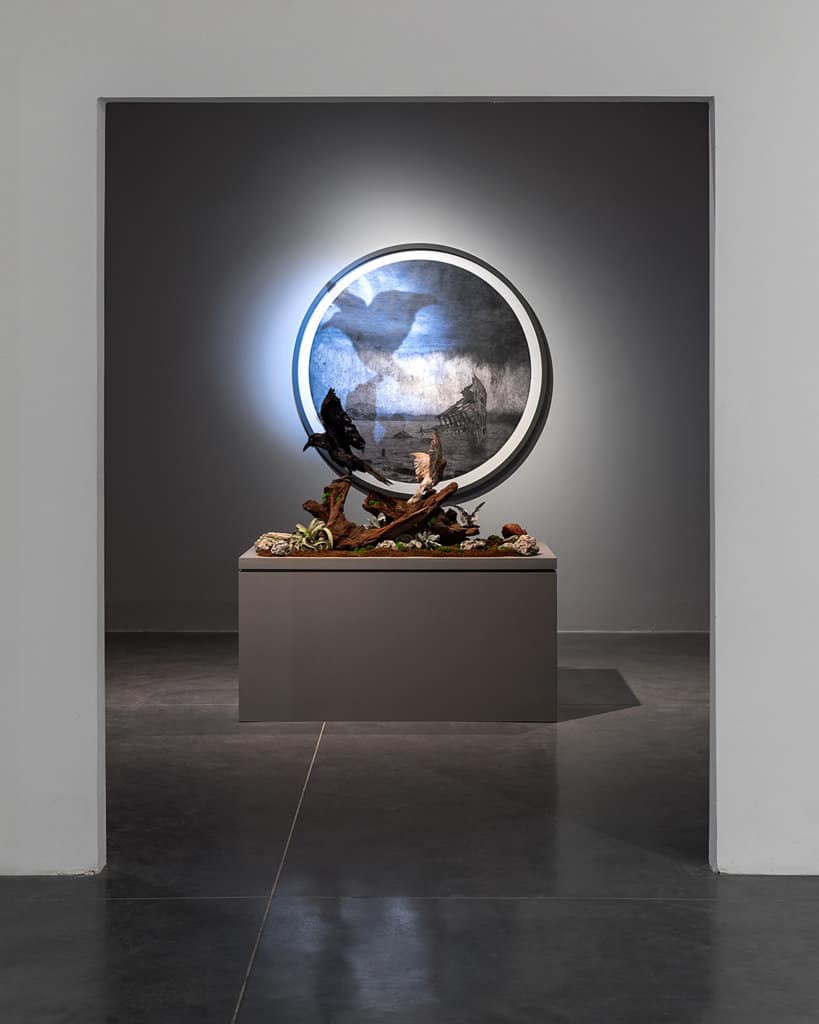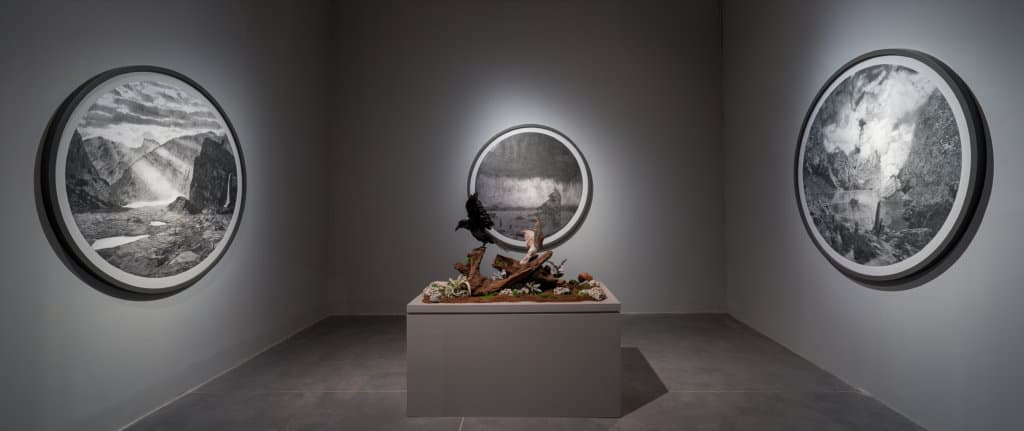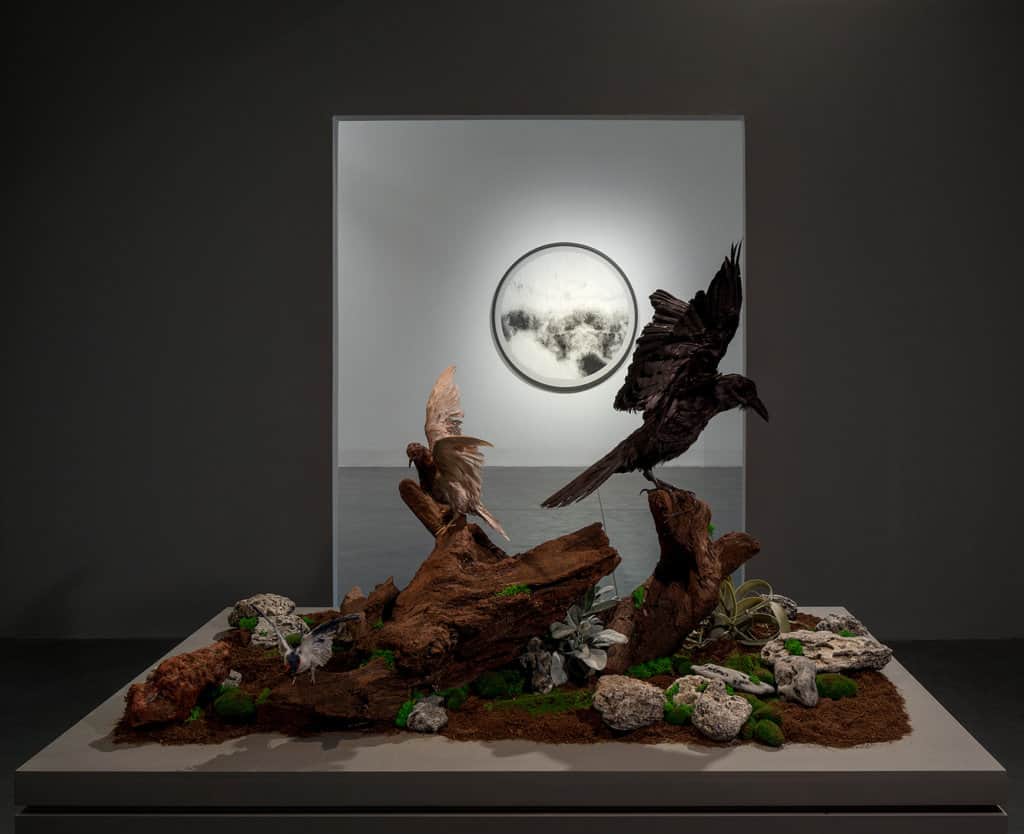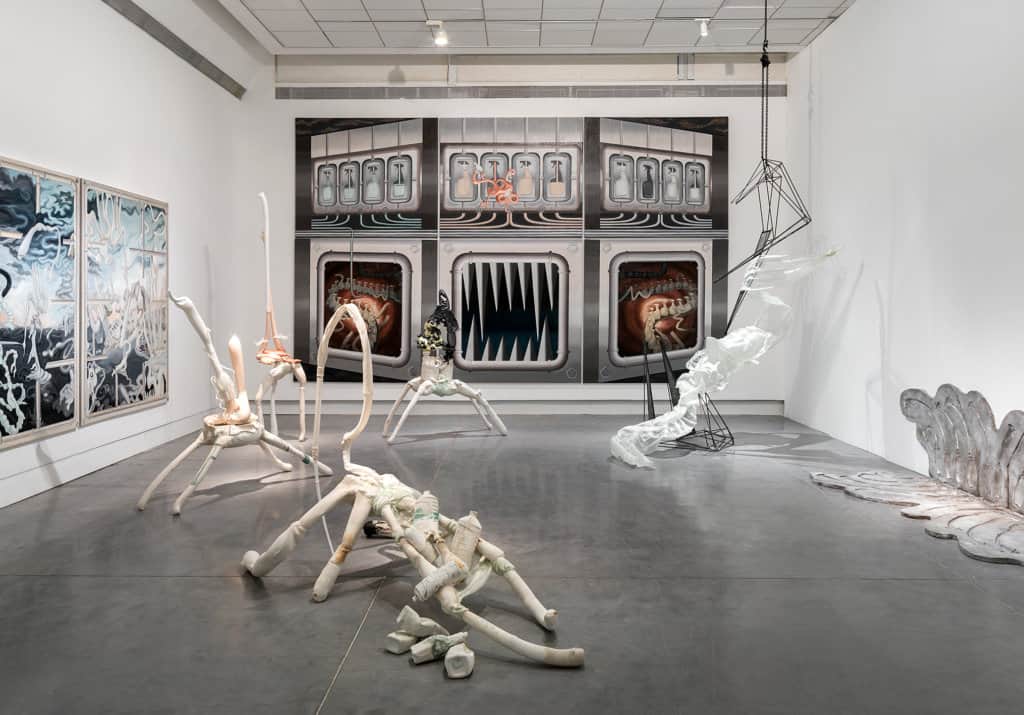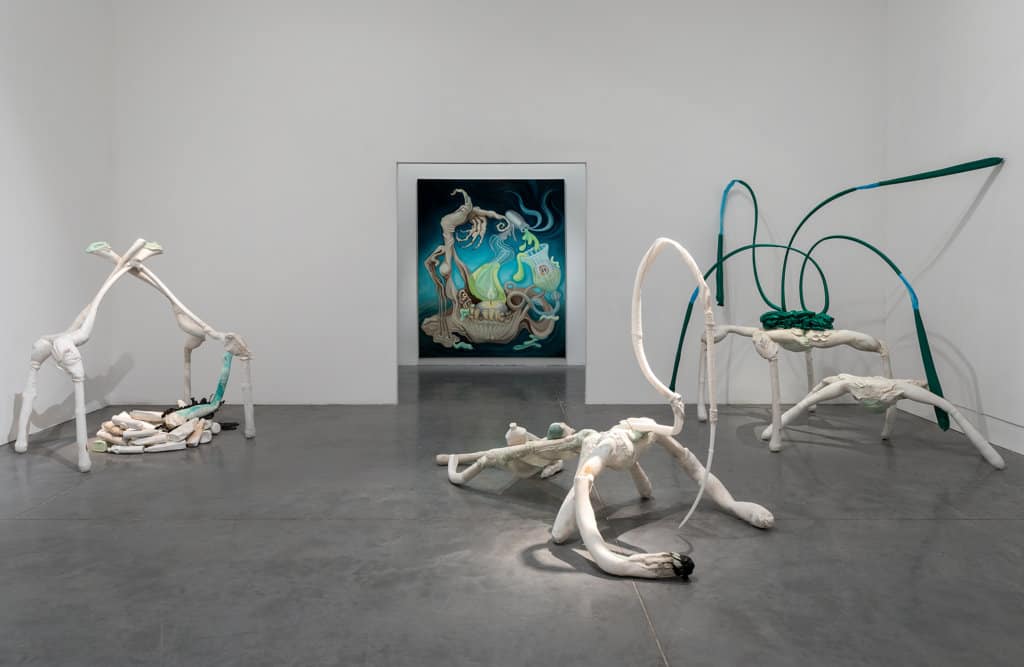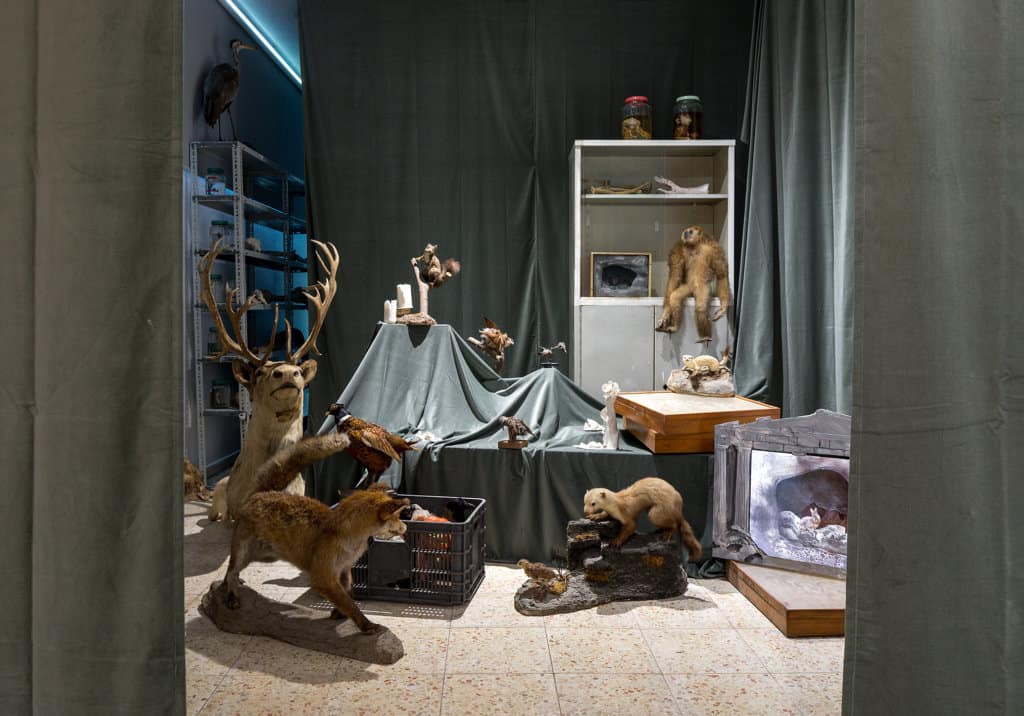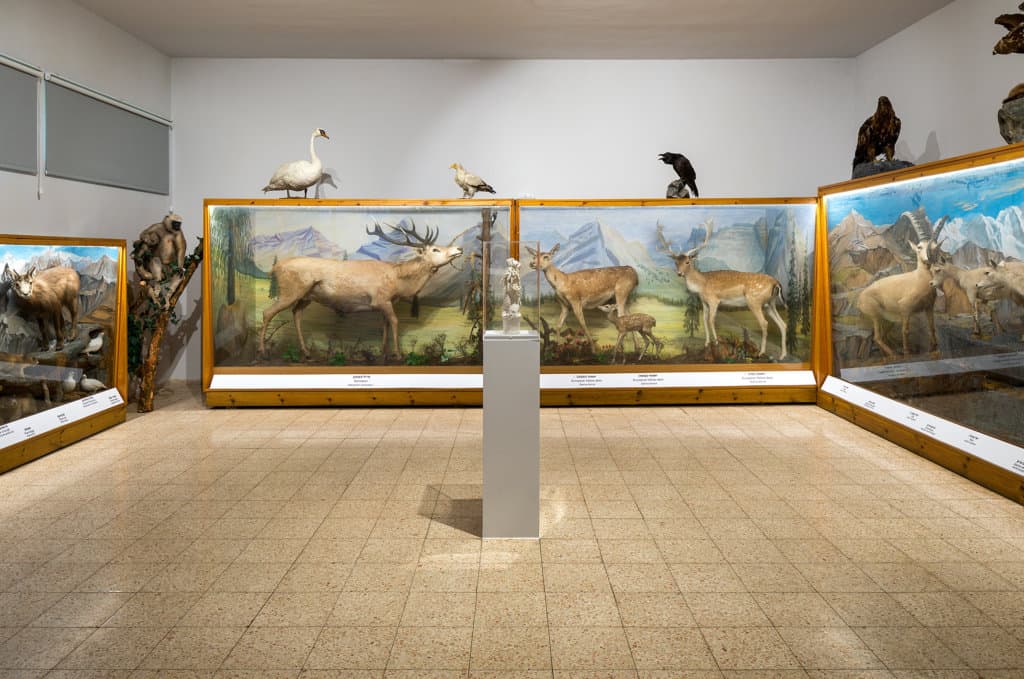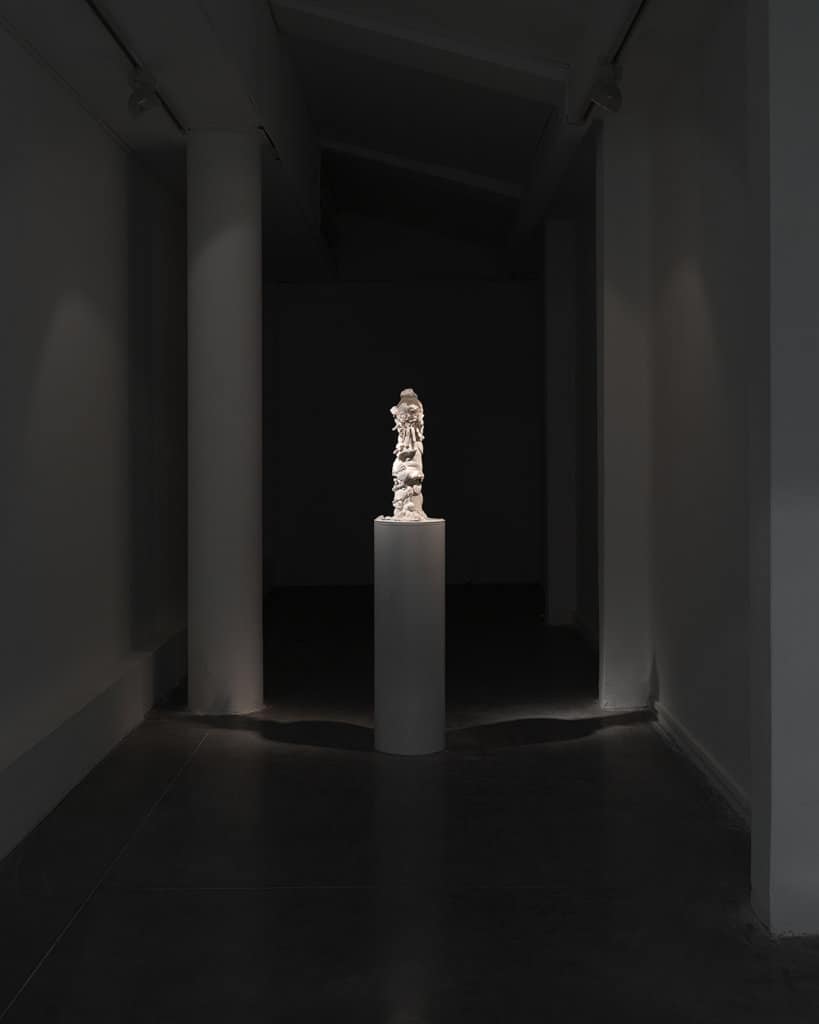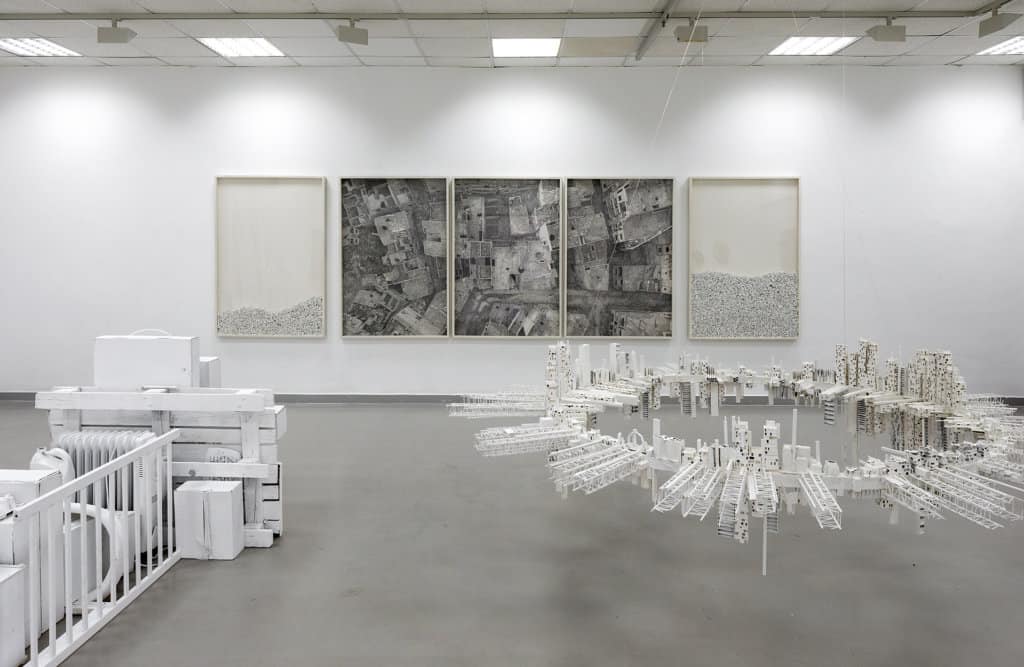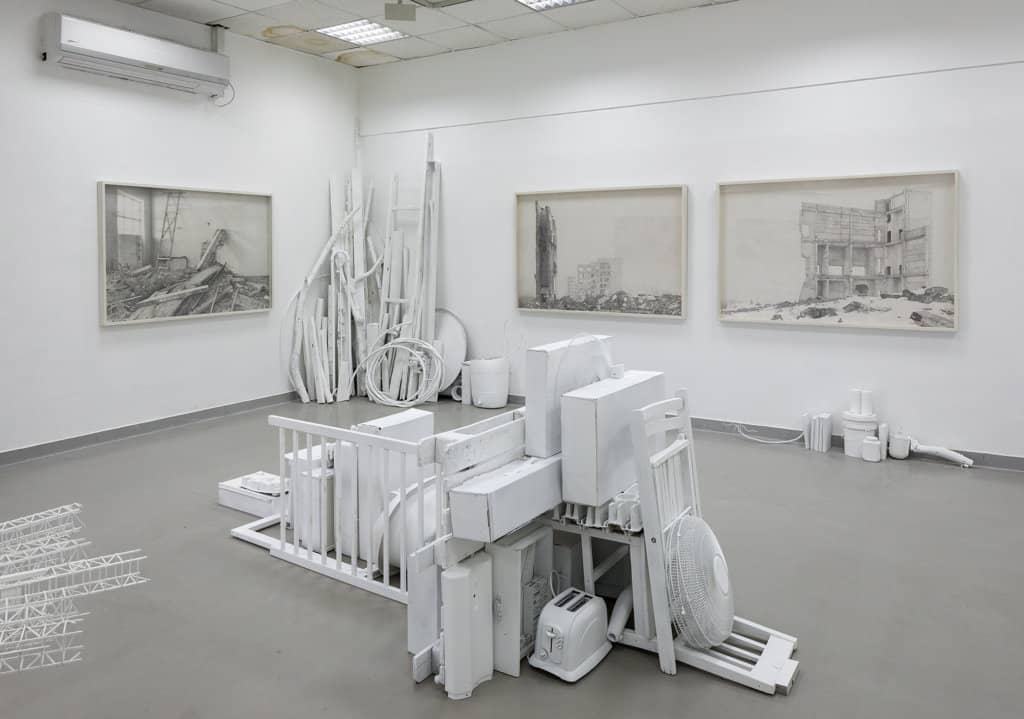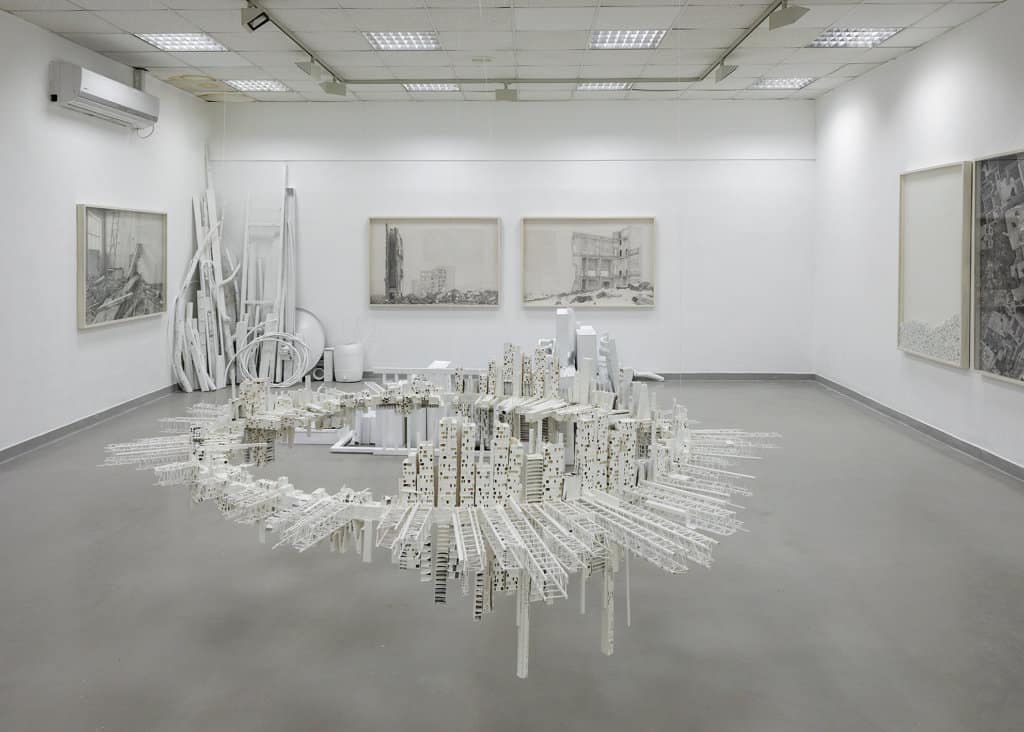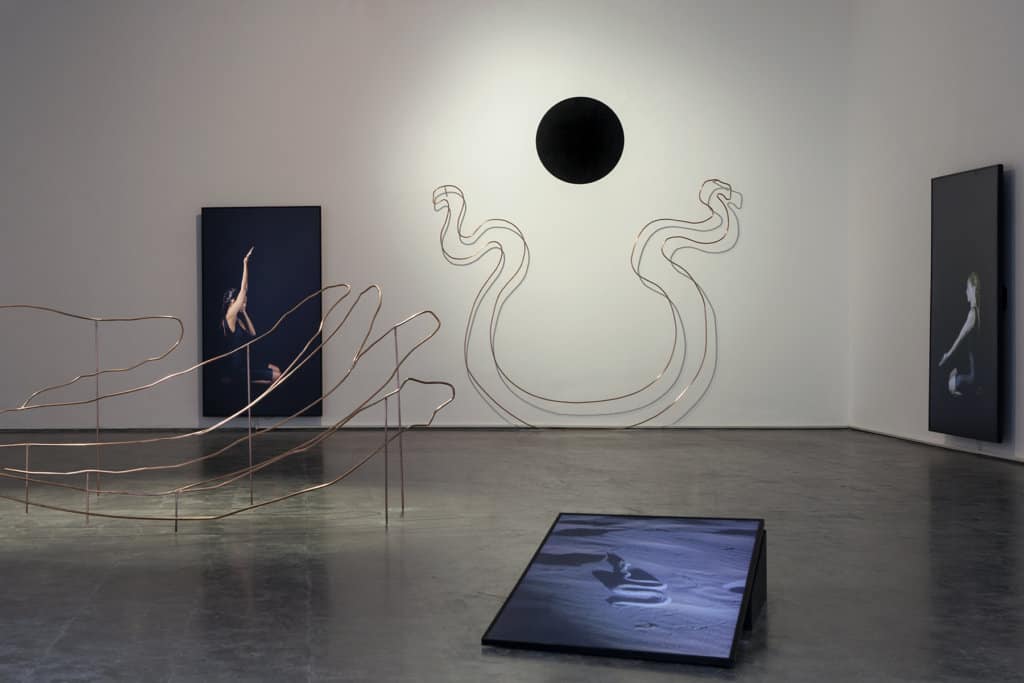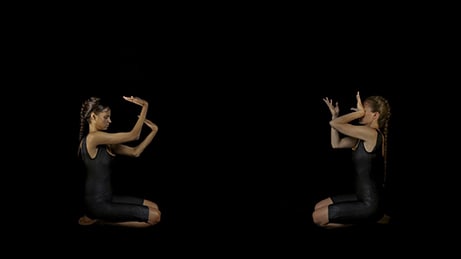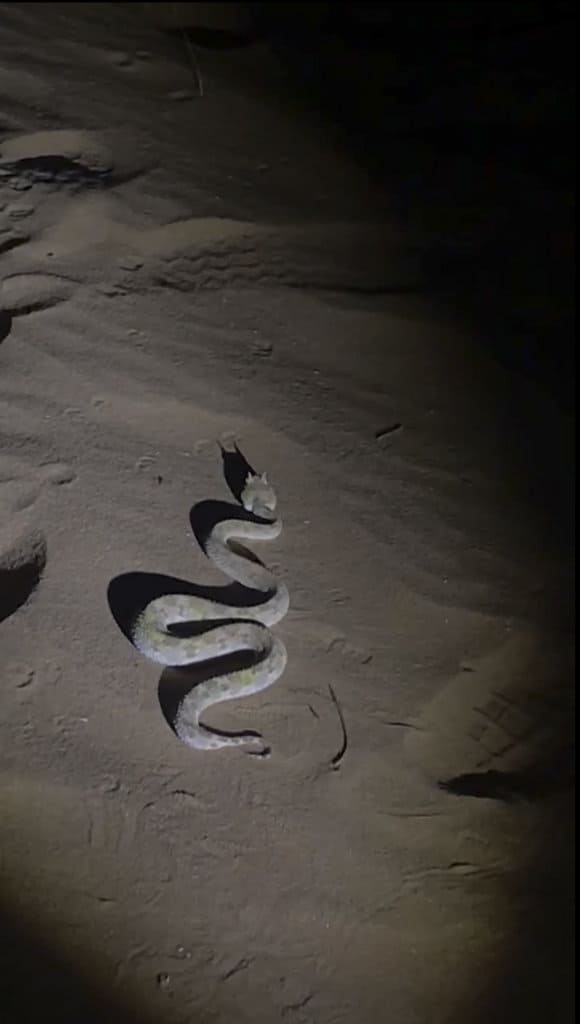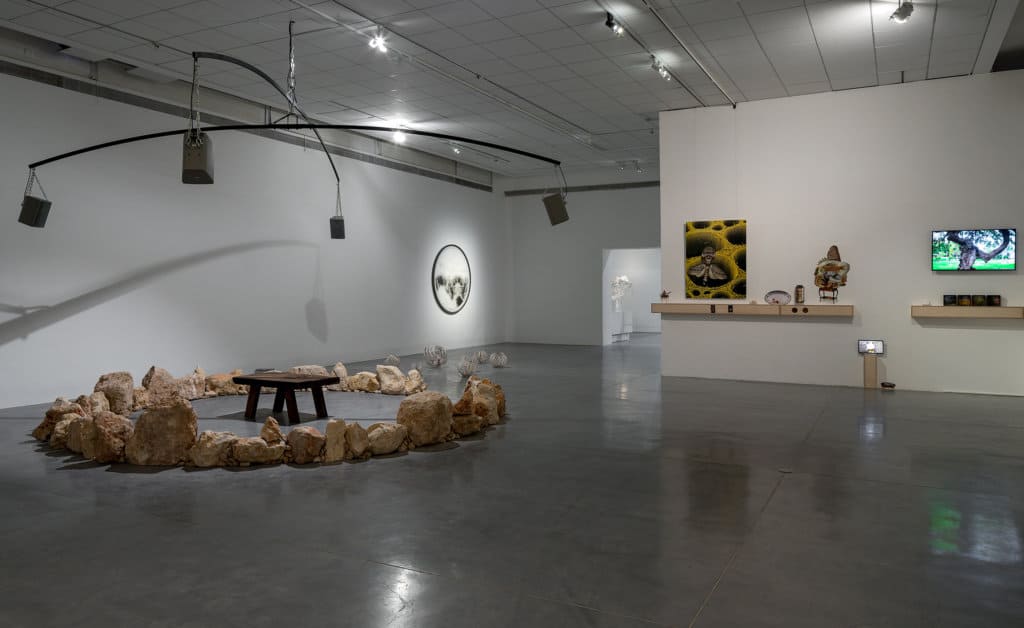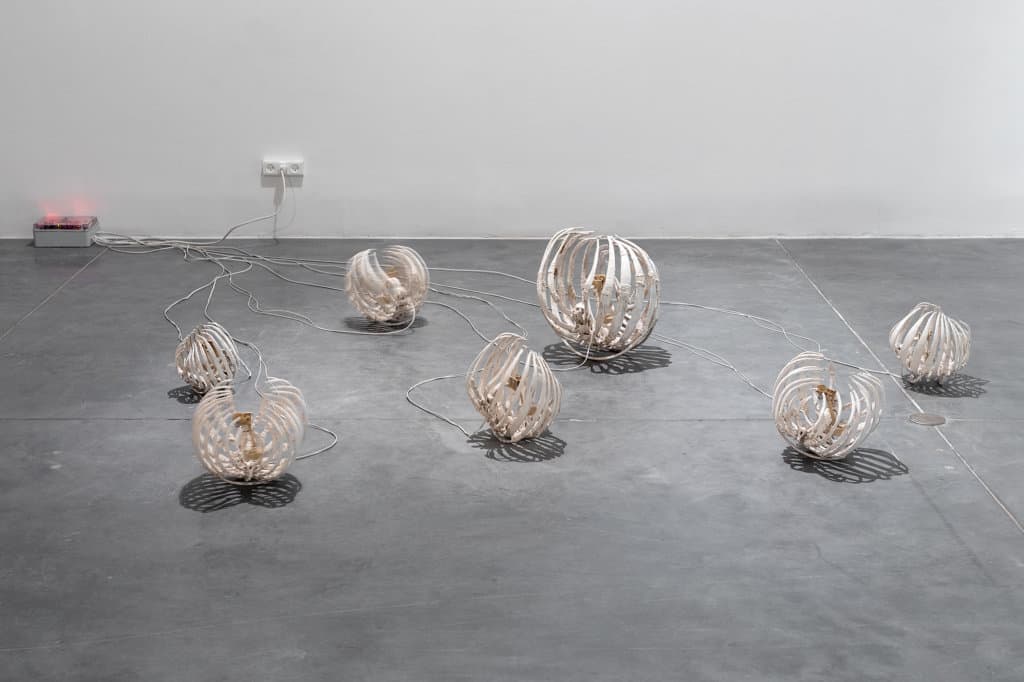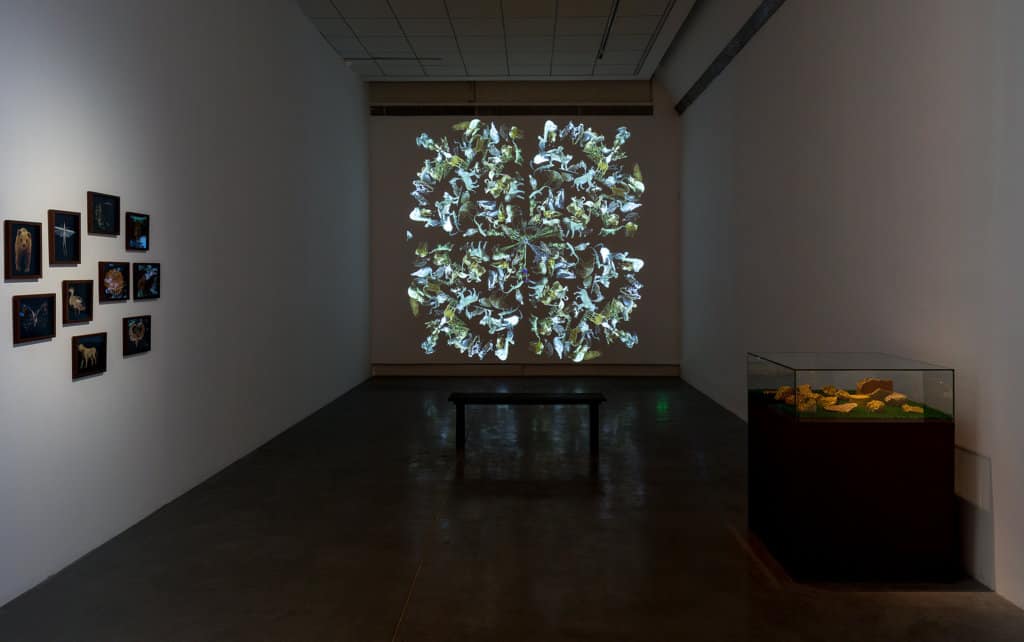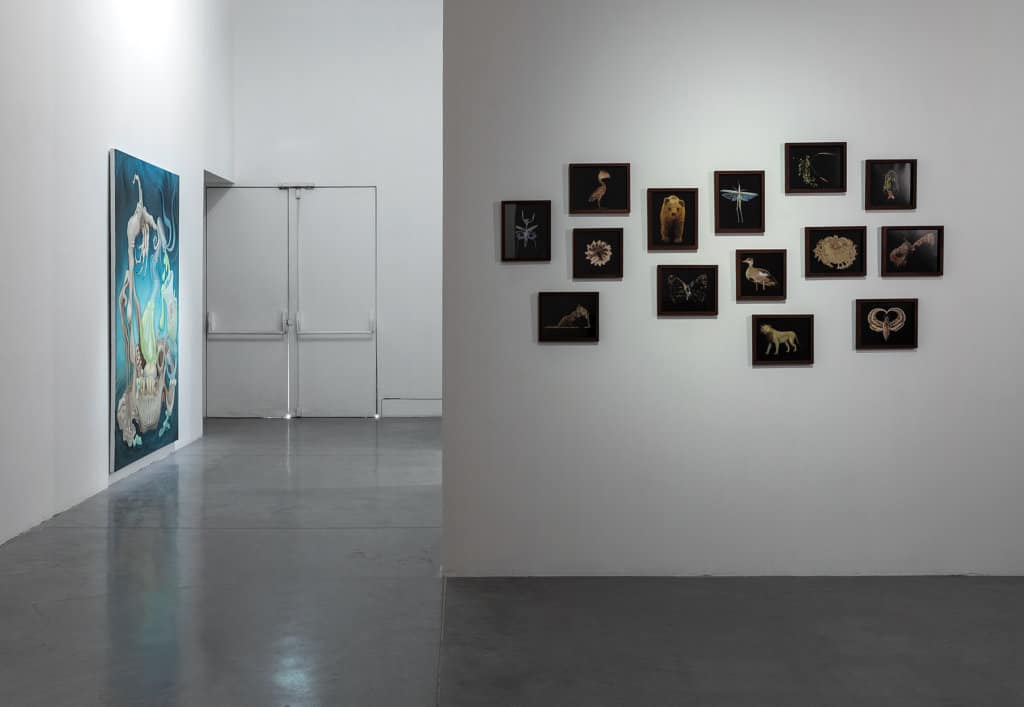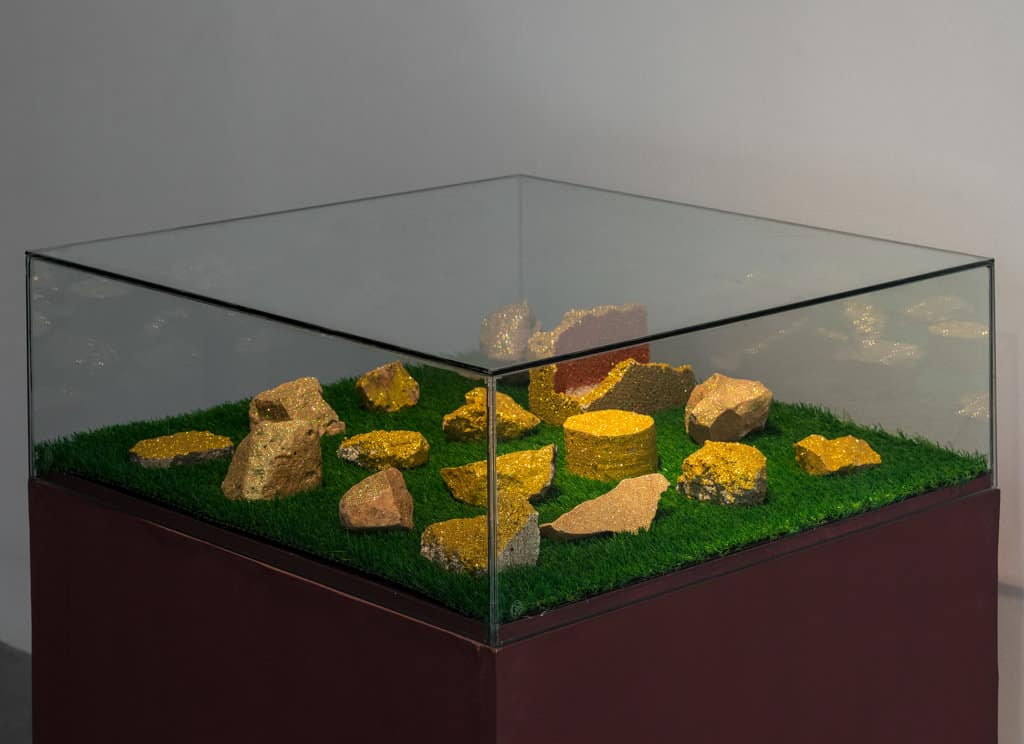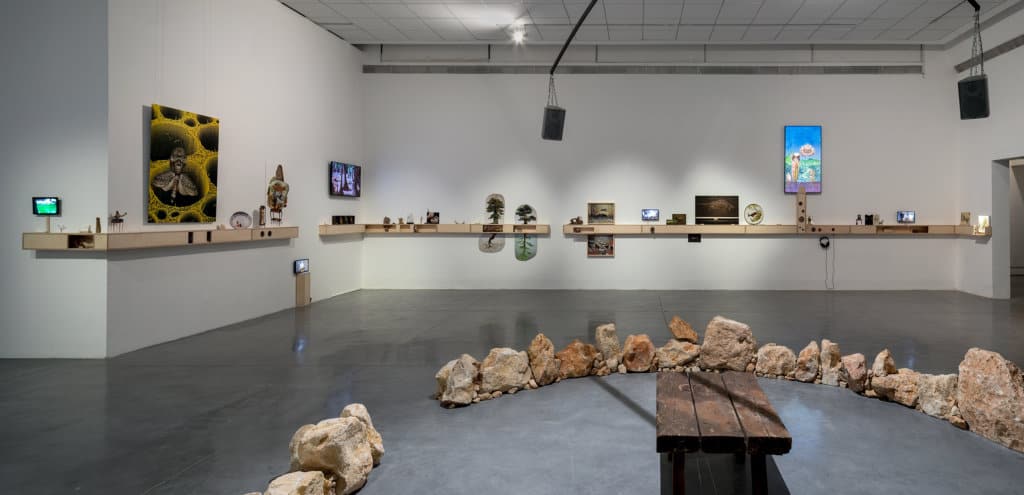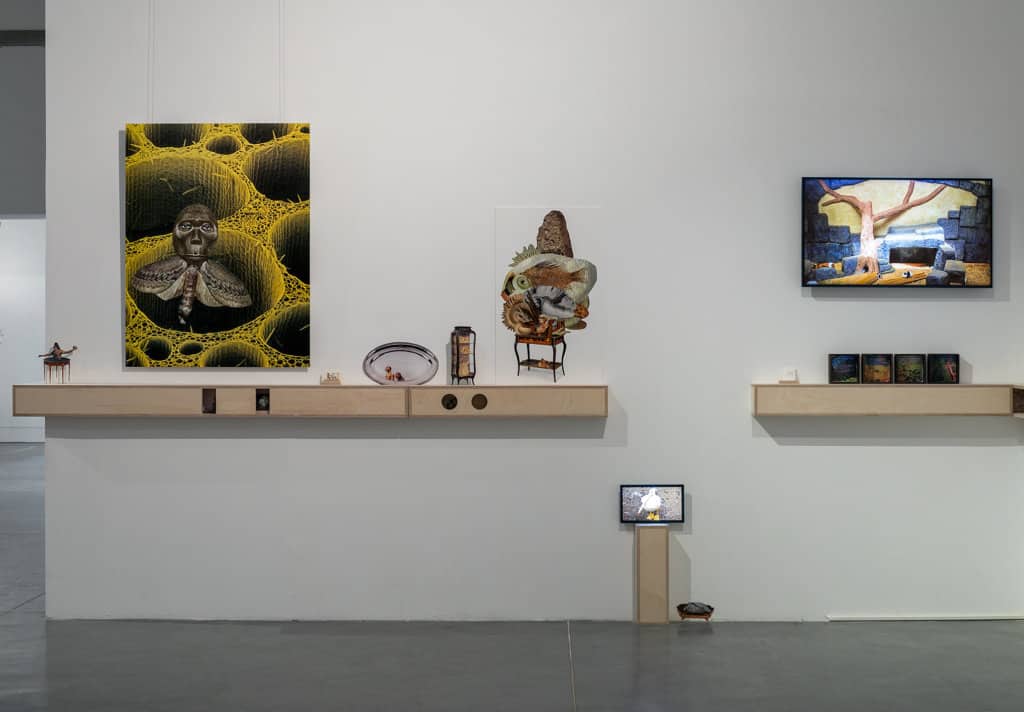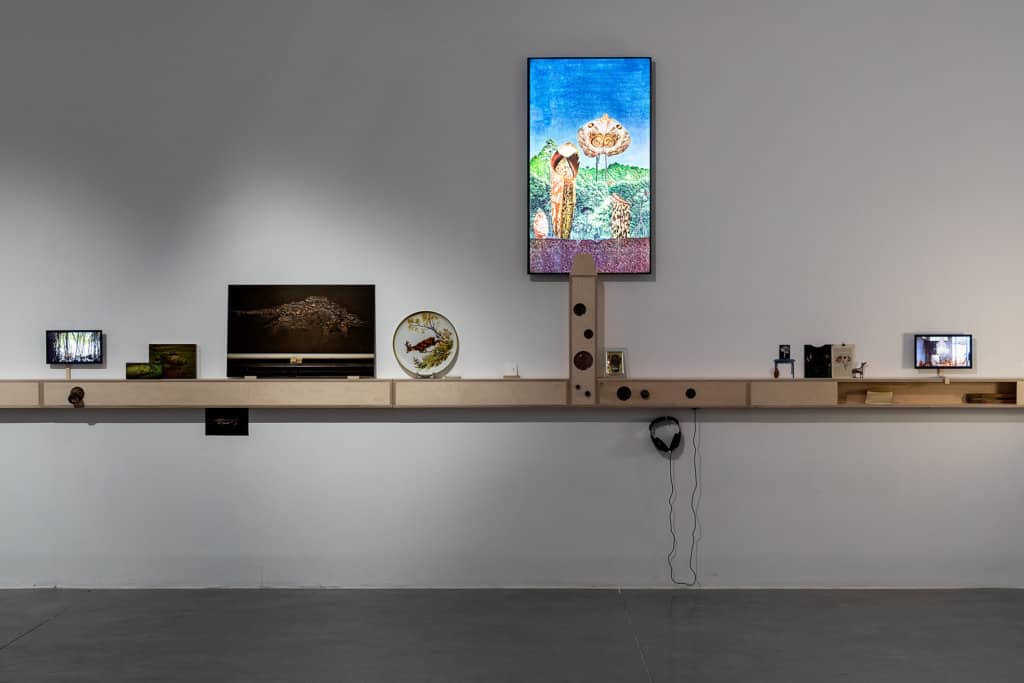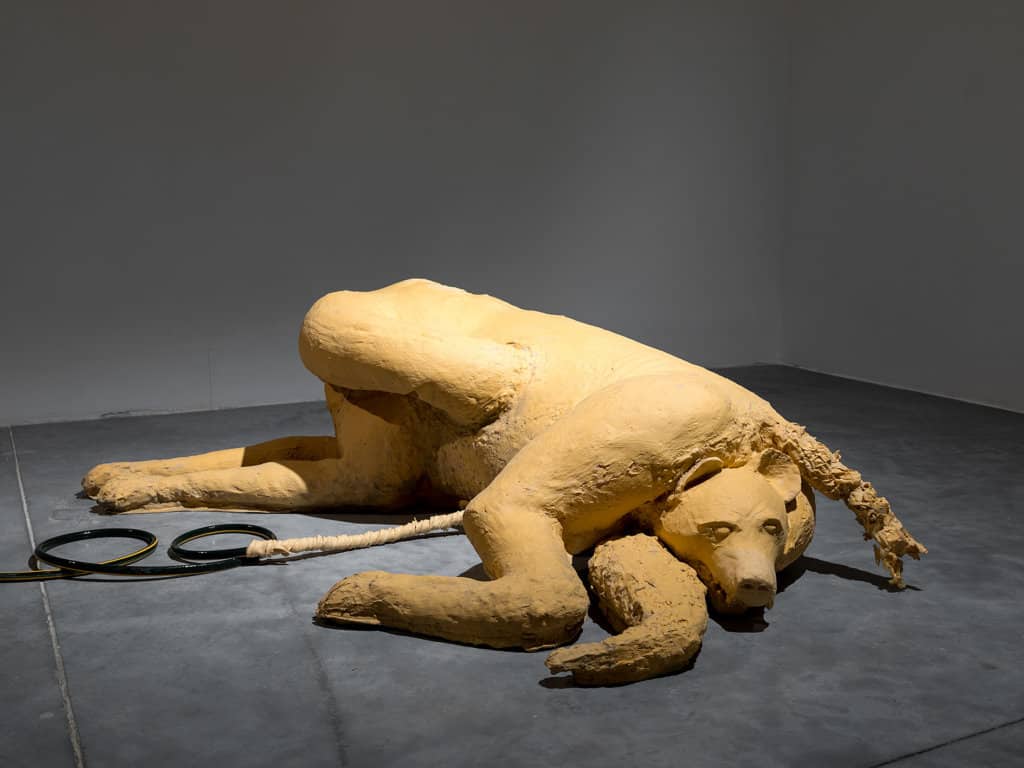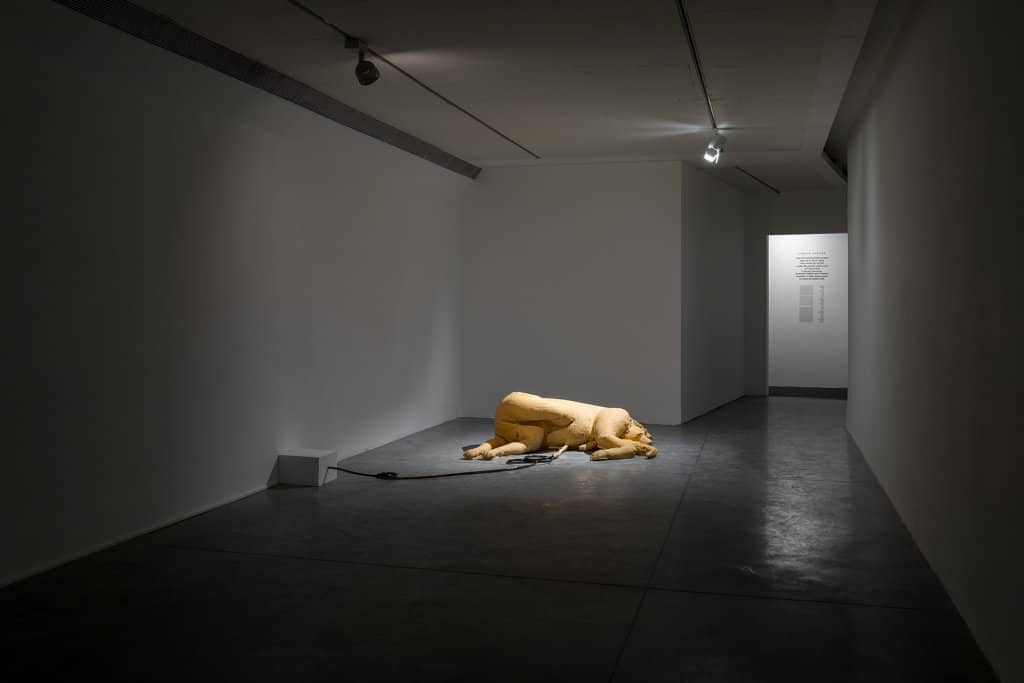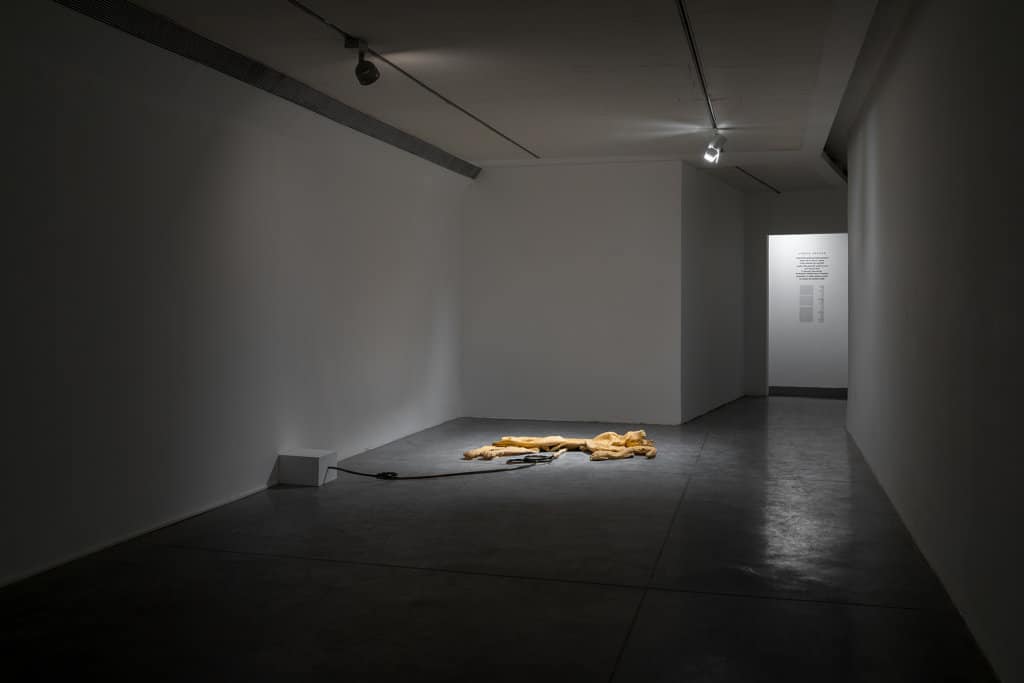Israel Lottery Art Incubator
in collaboration with the Petach Tikva Zoo
Shay Id Alony, Einat Arif-Galanti, Ayelet Hashahar Cohen, Omer Even-Paz, Niv Gafni, Aviv Grinberg, Moran Kliger, Michal Sophia Tobiass, Amir Tomashov, Dana Yoeli
The exhibition If a Tree Falls in a Forest concludes the Israel Lottery Council Art Incubator at Petach Tikva Museum of Art, addressing man-nature-environment relations.The works of art created as part of the incubator, while working with the urban nature surrounding the museum, focus on our impact, as individuals and as a society, on our immediate and distant environment, on the very definition of nature and man, and on the chances of their mutual subsistence in view of the crises growing between them.
In this Incubator, a first of its kind collaboration was established with the Petach Tikva Zoo, located near the Museum, on the other side of the park. Originally (1954) a petting zoo in Gan Hanasi (President’s Park), it developed into a real zoo with large mammals, which was later shut down. It reopened to the public in 1996 in a format tailored to contemporary approaches in the field, focusing, among others, on wildlife preservation. The Zoo and the Taxidermy Museum on its grounds served as a field of research and inspiration for the project’s artists. In the exhibition, it transforms, for the first time, into an art exhibition space, an extension of the museum.
The initial support allocated to the project by the Israel Lottery Council for Culture and Arts was expanded by the Museum from five to ten artists, who were selected to participate in the process and concluding exhibition. Each of the artists embarked on a research and artistic journey following his/her oeuvre, a journey which included group discussions among Incubator participants. Concurrently, the artists met with educators, as well as lecturers and researchers from the fields of ecology, zoology, environmental and cultural studies, and were exposed to contemporary approaches concerning networks of reciprocity and rift between man and nature. These encounters, along with the group discussions, gave rise to new art projects, which now debut at the Museum, the Zoo, and the Taxidermy Museum.
For the last two hundred years we have been living in the Anthropocene (Greek, the age of humans)—one of the key concepts in the natural sciences, humanities, social sciences, and contemporary art theory. Man’s actions since the Industrial Revolution have led to the creation of a new geological stratum, containing sediments of plastic, radioactive materials, etc. The marks of the Anthropocene epoch have already been imprinted on the human body of this and future generations, and its impacts on Earth are devastating.
According to philosopher Timothy Morton, ecological thought must reject the distinctions between civilization and nature, and acknowledge that all forms of existence are intertwined in a mesh of interconnections that pervades every aspect of life without a hierarchical differentiation between center and edge. “Nature” does not exist separately from the human element, but is absorbed in it, and vice versa. Where do ecological crises and disasters encounter the subjects, objects, and visual images in the present era? In response, Morton proposes the term “hyperobjects,” which denotes phenomena whose scope goes far beyond the specificity of an object in a given place and time, and which characterize ecological crises such as global warming. Morton’s philosophy is supported from other directions by a cyber-feminist theorist like Donna Haraway, who describes the state of “nature” in the present age as a cumulative consequence of practices and stories evolving in time and subject to constant danger.
The title of the exhibition was drawn from the 18th century philosophical riddle by George Berkeley: “If a tree falls in the forest and no one is there to hear, does it make a sound?”, wondering about the existence of objects and sounds in the absence of human perception. In our time, beyond the reference to the carbon cycle in nature, this question poses a conscious-ethical issue regarding our responsibility to nature. It points to the moral and emotional detachment, because even in view of the immense scale of environmental and ecological crises, in their mundane life, human beings tend to repress their interdependence with nature, their being one, and the responsibility placed on them.
Together and separately, the ten projects on view—which extend over all spaces of the museum (including the Collection Gallery and the Upper Gallery at Yad Labanim) and the Zoo—present a critical and poetic observation of the scientific, social, political, and cultural aspects of man-nature relations, while artistically conceptualizing the present ecosystems and the fragile equilibrium underlying them. The projects persistently explore such distinctions as human and non-human, organic and inorganic, raising questions about the nature of artistic representation; the interrelations between idea, image, and medium; vision, observation, and comprehension; art’s role and artists’ ability to “take up their oars,” as noted by Albert Camus.
Concurrent to the exhibition If a Tree Falls in a Forest, the project Liquid Season is presented at the Spot—a cycle of video-dance works by Avshalom Pollak Dance Theatre to music by Umitaro Abe, addressing water as the element of nature and life, which makes for constant transformation.
Members of the Incubator Nominee Selection Committee: Anisa Ashkar, Prof. Yael Guilat, Tamar Gispan-Greenberg, Edna Moshenson
Thanks to the Incubator researchers and lecturers: Dr. Ofri Ilani; Yotam Barr; Dr. Nir Peleg; Dr. Oded Keinan
Special thanks to Dr. Yana Ben-Sira, Chief Veterinarian and Director, and Orit Turgeman, Director of Marketing and Instruction, Petah Tikva Zoo
Thanks also to Dekel Bobrov and Tova Ohayon
Installation photographs: Elad Sarig
Shay Id Alony, Giants in the Garden, 2022, wood, 210x170x40, 200x70x55, 220x165x45
Man and animal, distance and closeness, territory and ex-territory—Shay Id Alony poses these concepts to himself and to the viewer for conscious moral, cultural, and playful examination. One of his works intervenes in the zoo. It orchestrates an encounter with the zoo, its occupants, and its visitors through three sculptures of “giants” made of reclaimed wood—in-between animals and humans; possibly sacred totems, possibly frozen fossils or forms sculpted by nature. The sculptures were installed in the zoo about two months before the exhibition opened to examine their interrelations with their environment over time. Their title was inspired by Oscar Wilde’s story “The Selfish Giant,” which addresses the way in which man appropriates nature for himself.
Inside the museum, Alony installed a cage-fence-garden, which is a masterpiece of woodwork. Its title, Woodpecker, marks the connection between the bird’s act of wood pecking in nature and the practice of the artist sculpting in wood. The installation invites the visitor in: to roam within it, to observe and be observed, imprisoned and free, while reviewing the wood ornamentation. The work ties domesticated environments of gardens/zoos/parks and architectural arrays, which overtly and covertly manage human movement, to man’s ways of controlling nature near and far.
Alony’s works raise questions about the art object, its essence, nature, and operation, as a figurative form and as a signifying, emptied form. They offer an examination of the existing physical and mental boundaries between man and his living environment, and between the organic and the artificial, the living and the non-living, thereby exposing the common perceptions underlying such concepts as “nature” and “man.” As part of the environment-animal-human trinity, Alony confronts the ceremonial with the functional, the mythical with the contemporary, to create a twofold observation: at the animals that encounter the sculptures, and at us, the viewers, who encounter ourselves.
Shay Id Alony, Woodpecker, 2022, carved and braided wood, 210x300x110
Amir Tomashov, Space: Zero, no. 6, 2022, graphite on paper drawings in wooden frames, plaster, and synthetic paint, pentaptych, 156x530x6
Amir Tomashov delves into processes of destruction and construction. The point of departure for his work is his childhood landscape overlooking Tel Megiddo—site of the battle of Armageddon at the end of days—and his participation (during his military service) in Israel’s humanitarian aid missions to natural as well as man-made disaster-stricken areas of the world. This starting point supports the recognition that the extinction of our world is already an existing fact, that applies to biodiversity as well as to humans and their deeds. He traces this space of trauma based on photographs from Homs, Gaza, etc., creating monumental drawings (alongside modest studies), including a five-part work (Space: Zero, no. 6) that unfolds an architectural-social-ecological battlefield. The apocalyptic sights are drawn with spectacular realism, and encased in wooden frames, alongside piles of scaled-down building bricks in identical frames. The title of the work was drawn from Georges Perec’s book Species of Spaces (1974), which harnesses language for deconstruction and reconstruction of our living spaces.
In the center of the space is an installation of building rubble, adorned with a circular construction, a hint of urban accumulation processes. The aesthetics of progress, construction, and renewal is concurrently an aesthetics of destruction. In a kind of white allegory for Late Modernism, Tomashov places the present time in a historical perspective. To this end he harnesses 19th century English poet Percy Bysshe Shelley’s sonnet “Ozymandias” (in his own translation into Hebrew), which describes the statue of Ramesses II, seeking to overcome nature and time, but over the centuries, nature overpowers it and reveals its nothingness. Nevertheless, the ruins installed by Tomashov with a critical gaze at the past, the present, and the future, also mark the possibility of recovery and rehabilitation.
Percy Bysshe Shelley
Ozymandias
I met a traveller from an antique land
Who said: “Two vast and trunkless legs of stone
Stand in the desert. Near them, on the sand,
Half sunk, a shattered visage lies, whose frown,
And wrinkled lip, and sneer of cold command,
Tell that its sculptor well those passions read
Which yet survive, stamped on these lifeless things,
The hand that mocked them, and the heart that fed:
And on the pedestal these words appear:
My name is Ozymandias, King of Kings,
Look on my Works ye Mighty, and despair!
Nothing beside remains. Round the decay
Of that colossal Wreck, boundless and bare,
The lone and level sands stretch far away.
Amir Tomashov, Post-Trauma Model no. 19, 2022, mixed media installation, 50x250x250
Ayelet Hashahar Cohen, Returning a Gaze, 2022, installation of collected items: collages on paper, photographs (inkjet prints on paper, metal, and Perspex), video works, sound work, texts, organic materials, readymade, wooden boxes. Guest texts: Shira Horesh, I am most or almost alive (a hectic Haiku for a static animal), 17 out of five haikus from the Petach Tikva Taxidermy Room, 2022 (print on paper). Video editing: Oscar Abosh; After Effects: Arik Futterman; production of photographs and woodwork: The Print House. Thanks: The Petach Tikva Zoo team; Petach Tikva residents living nearby; Ofir Ben Hamo, the pelican rescuer; the late Azaria Alon for his book 77 Talks about Nature; my partner Yoram; Assa the Vet; my friends Yael Rozin and Daria Kassovsky; the animals that returned my gaze: the billy goat, the capuchin monkeys, the iguana, the pelican, the ostrich, and Lucci the dog, my guide
Ayelet Hashahar Cohen embarked on the project with the aim of creating an alternative, collaborative and communal museum, which examines manners of observation, means for creating a dialogue between viewer and researcher, and ways of accumulating knowledge. She invites the viewers to an unraveled, indefinite territory, so each may cull his/her own baggage from the private and collective bodies of knowledge. These bodies of knowledge have accumulated during her photography and video excursions at the Zoo and its vicinity, the Taxidermy Museum on its grounds, and the nearby residential neighborhood; via interviews and meetings with Zoo staff and visitors; in conversations with other Incubator artists about nature; while collecting organic materials and photographs of people she met; and in a meeting with a haiku poet. Concurrently, she used photographic materials she collected and manipulated over the years, including photographs from museums of natural history in Israel and around the world, floral arrangements, bonsai trees, and other manifestations of domesticated nature, alongside art and science magazines, etc.
Cohen strives to break with the display methods prevalent in Western museums, proposing an order that blends the documentary with the artistic, and her personal experiences with those of others. Knowledge and experience are created during seismographic roaming along 15 showcases inspired by nesting boxes for birds installed in the Zoo, offering a constant encounter between the artificial and the organic, interior and exterior, the visible and the hidden. The display sequence captures metamorphoses of the photographic image alongside textual manifestations, raising questions such as what should be preserved in our time and in what ways, how nature is present in our lives, and what the temporal and spatial meanings of lingering and learning, gathering information, interpreting and returning a gaze are.
Omer Even-Paz, Haemon, 2022, object: silicon, rubber tube, and pump, 90x170x130
An “animal” sculpture is sprawled on the floor, inflating to its full shape, subsequently collapsing into an abstract silicone stain, and then slowly restored to life by a connected pump. The “beast” is a wriggling hyena-bitch that seems to eat its innards, tucking her head into her chest and abdomen, and then, surprisingly, re-emerging from between her hind legs, as if reborn from herself. The hyena is a carnivore that feeds on carcasses and lives in large matriarchal clans. The females are larger and stronger, dominating the clan, and their genitals closely resemble those of a male, scientifically referred to as a “pseudo-penis” by biologists.
Omer Even-Paz’s work challenges the categorical divisions between nature and man, male and female, subject and object, living and non-living, organic and inorganic. The sculpture’s artificiality and mechanical nature embody the drama of existence, whose tragic aspect is amplified by the title, Haemon—one of the protagonists of Sophocles’s Antigone. The play addresses questions of morality and humanism versus obedience to the law, femininity versus masculinity; at its conclusion, following the suicide of his beloved Antigone and his failure before King Creon, Haemon chooses to fall on his sword in a futile death.
The introduction of the sculpture-installation into the museum’s artificial interior reinforces the discussion of the forced and forceful, but also dependent and passionate, relationship between man and nature, which at the same time reflects human history and culture. It embodies the insistence on the body’s substance and the materiality of the work of art, on their formation and disintegration. At the same time it goes back to the moment that preceded civilization to understand what was buried and what was created in it, what is the connection between desistence and formation, and what kind of self-destruction allows for rebirth.


